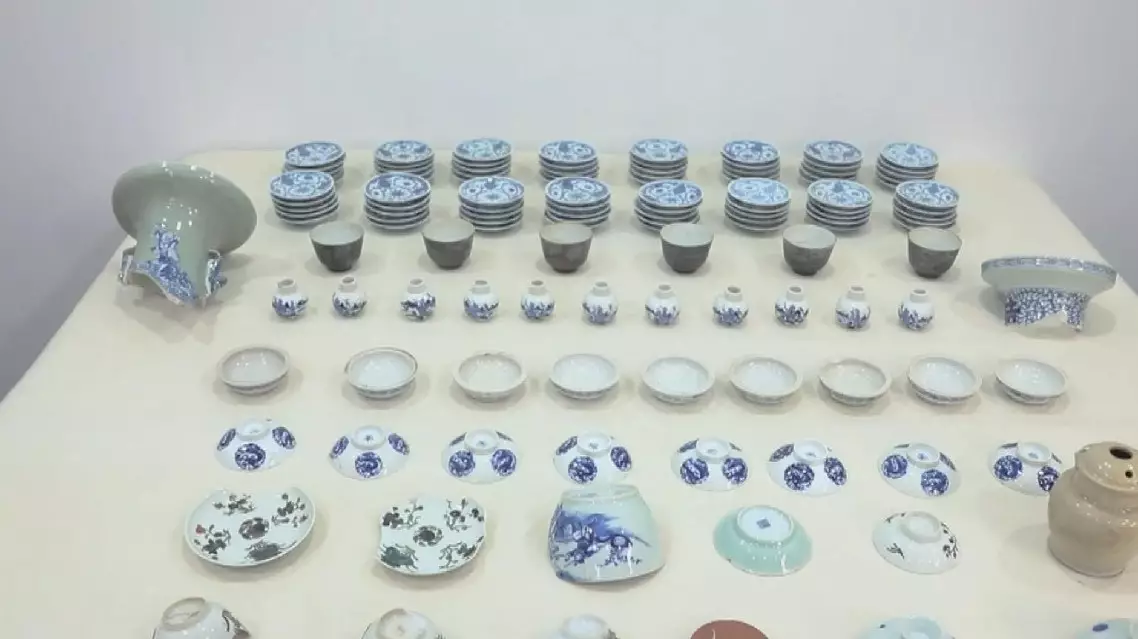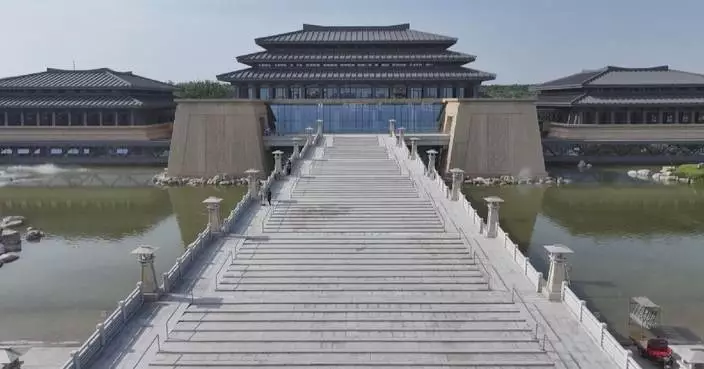Panama's Electoral Tribunal late Sunday declared Jose Raul Mulino, the candidate of the opposition alliance comprised of the Realizing Goals party and Alianza movement, as the winner of the presidential elections after a preliminary count of 87 percent of voting stations.
Mulino, a former lawyer, led the field of eight candidates with 34 percent of the votes, followed by Ricardo Lombana of the Otro Camino movement, with 25 percent of the votes.
Mulino entered the race as the running mate of former president Ricardo Martinelli (2009-2014) but became a candidate on his own right after Martinelli was disqualified from running in March due to a conviction related to money laundering.
On Sunday, the head of the Electoral Tribunal Alfredo Junca confirmed via a video call to Mulino that he was the preliminary winner of the presidential race in the 2024 general elections.
Junca congratulated Mulino and invited him to attend a plenary session of the tribunal on Sunday evening.
Mulino said that in the coming five-year term he was confident in establishing a peaceful, honest, and above all, efficient government that could address the enormous needs of Panamanians.
The former minister of justice and of public security also pledged his commitment to leading a unity government as soon as possible.
According to Panama's Electoral Tribunal, a total of 3,035 polling centers have been set up for the general elections, with more than 3 million registered voters and a turnout of 77.25 percent.
Members of the National Assembly and leaders of local governments will also be elected during the general elections.

Mulino wins Panama's presidential elections

Mulino wins Panama's presidential elections

Mulino wins Panama's presidential elections

Mulino wins Panama's presidential elections
Archaeologists from Shanghai-based Fudan University have hailed the game-changing role of ancient DNA in exploring China's rich history, as the innovative approach has become a cornerstone in unearthing mysteries of the past, helping researchers to delve deeper into the stories of ancestors.
Led by Wen Shaoqing from the university's Institute of Archaeological Science, the team has made ground-breaking achievements in identification of flora and fauna as well as sediments in ancient times.
Wen took artifacts uncovered during the salvage of the Yangtze River Estuary No. 2, China's largest and best-preserved ancient underwater wooden shipwreck.
"For example, we took a big amphora with a height of some 60 centimeters out of the Yangtze River Estuary No. 2 salvage. The DNA approach showed the content inside the jar was divided into two layers, with the upper part being basically aquatic and the lower of the rest 30 centimeters related with land. Rice DNA is dominant among all DNA extracted from the jar. Why? Because there were too many cups inside the amphora. To save space, cups were put together closely and tightly. When we separated cups from each other, we found rice husks crammed between cups. Then we got to know that the rice husks were used to prevent the cups from getting crushed. So rice husks were put inside as [shakeproof] stuffing," said Wen.
What's more, the archaeological team detected bamboo DNA from the relics, revealing new findings of the shipping lines.
"The cups used to be tied up with bamboos when being packed. But we can't see these bamboos inside as they had already got rotten. The detection of bamboo DNA and rice husk DNA showed that these things were from Jiangxi Province. And the porcelains were from Jingdezhen in Jiangxi. We then came to a conclusion that the sunken ship had anchored in Jiangxi, where the Jingdezhen ceramics were transported aboard. As for the sunken ship, at least we know that it sailed from Jingdezhen before the submergence," he said.
Wen also said the sediments in the shipwreck is of great significance to uncover more mysteries.
"If a cabin was overrun with escherichia coli and the like, it was believed to be a restroom. From the fouling on the bottom of the ship, we can probably know where it had been to. That's because different microbes were attached to the bottom of the ship when it sailed to different waters, which can tell us its whereabouts. In other words, we're salvaging a piece of history instead of a shipwreck. These sci-tech methods help us fully unfold these pieces of history. It surely carries the greatest significance in our archaeological work." Wen said.
The Yangtze River Estuary No.2 was a sailing ship from the reign of the Tongzhi Emperor of Qing Dynasty (1644-1911). The shipwreck is about 38.5 meters long and 7.8 meters wide, and it contains 31 cabins. The ship is "sleeping" under the waters northeast of Shanghai's Hengsha Island, with its hull buried 5.5 meters under the seabed.

Archaeologists highlight DNA approach to unlocking historical mysteries













